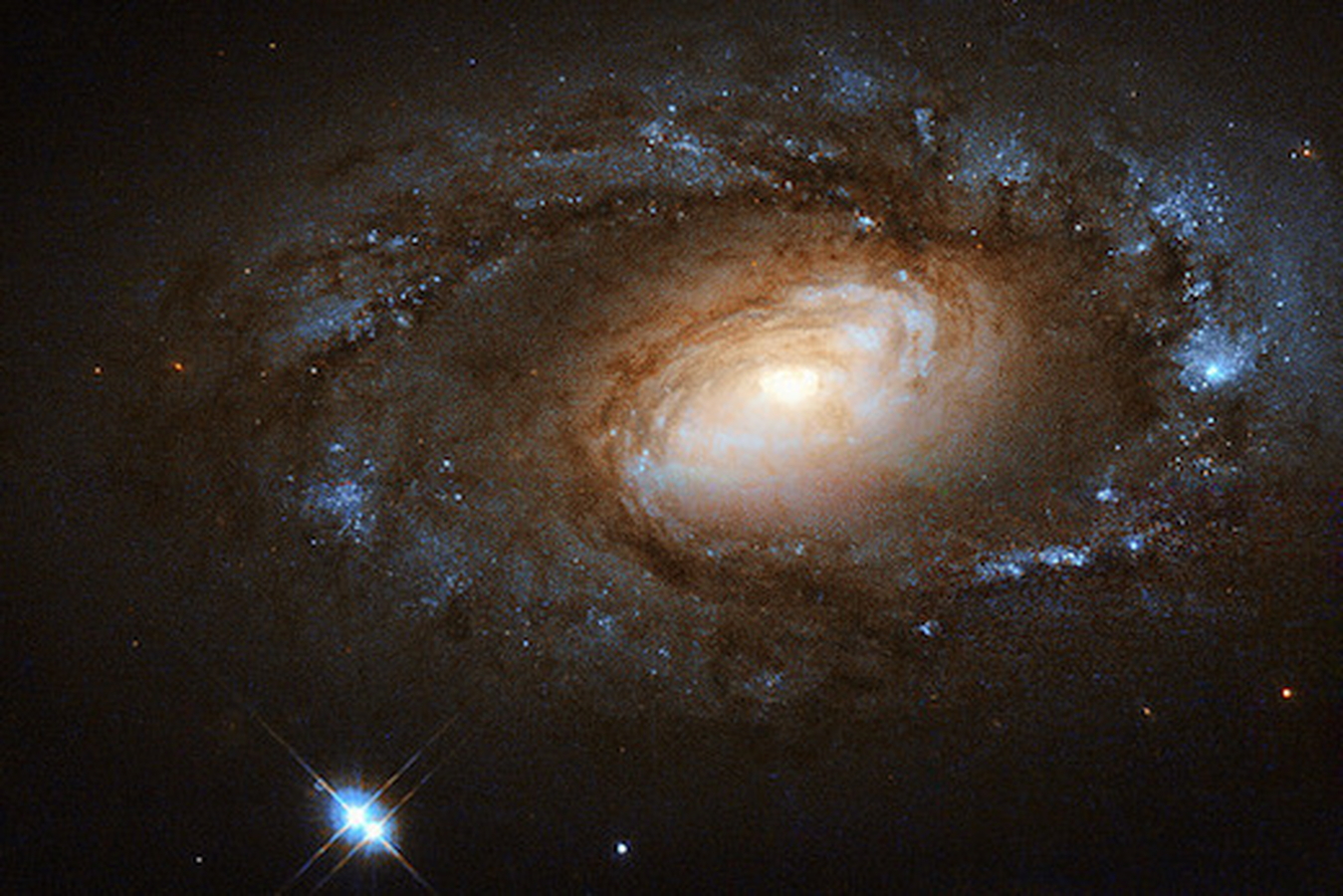Overview
We explore constraints on the size of cool gas clouds in the circumgalactic medium (CGM) obtainable from the detection, or lack thereof, of scintillation in Fast Radio Bursts (FRBs). This is achieved by modeling the impact of refractive scattering in the CGM of extragalactic halos along FRB sightlines on the scintillation signal. Refraction sets the most conservative bounds on the parsec-scale clumpiness of the CGM as it does not make assumptions about the turbulent cascade in these clouds. We find that the bulk of low-redshift cool CGM gas at densities ne < 0.01 cm-3 generally does not impact scintillation because its refractive scattering cannot produce two images necessary for interference. This minimum number of images and a detection of scintillation imply a CGM cloud size lower limit of around 0.1 pc (about 50 times smaller than the shattering scale). Contrarily, dense ne > 0.1 cm-3 gas with shattering-scale cloud sizes that may also inhabit regions of the CGM yields multiple refractive images and large time delays. Refraction in these clouds results in suppressed scintillation and may contribute to the scattering budget derived from pulse broadening, this latter effect increasing with lower frequencies. We finally discuss how the fraction of FRBs with undetected scintillation can be used to derive the amount of dense gas clouds in halos.
